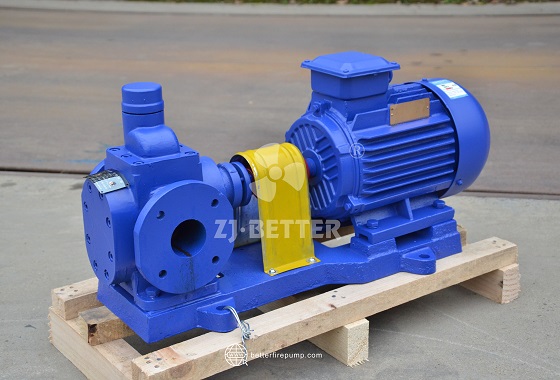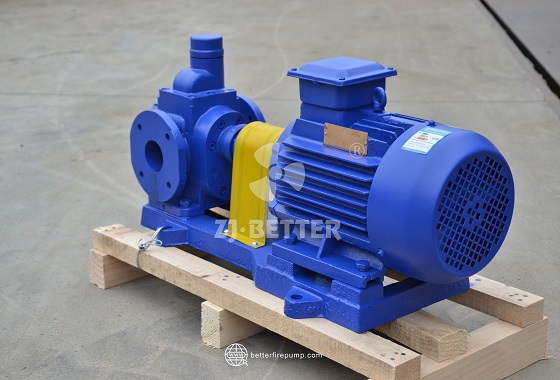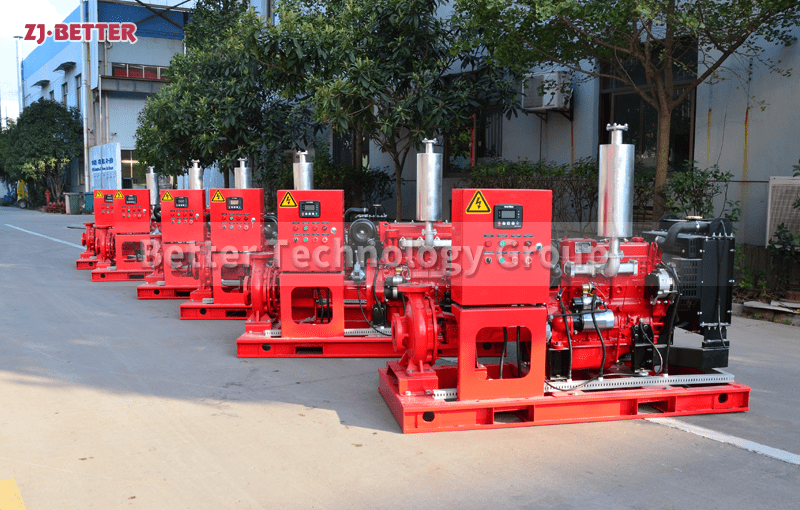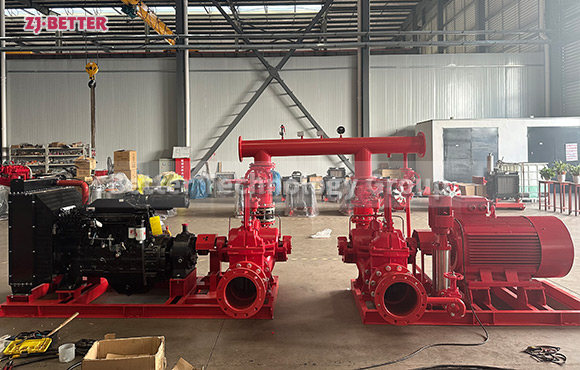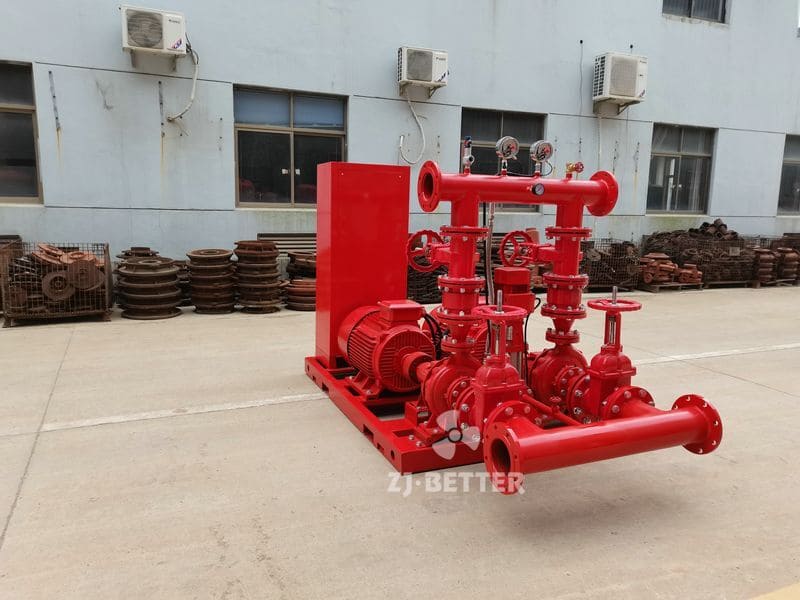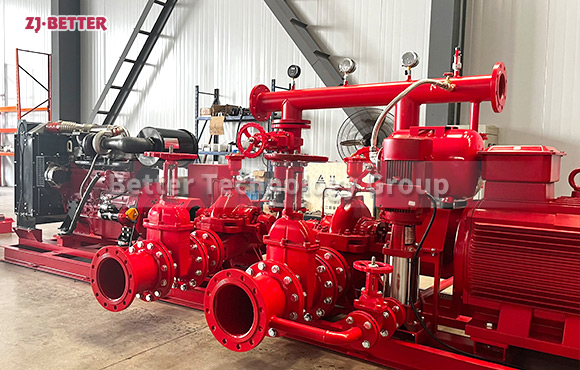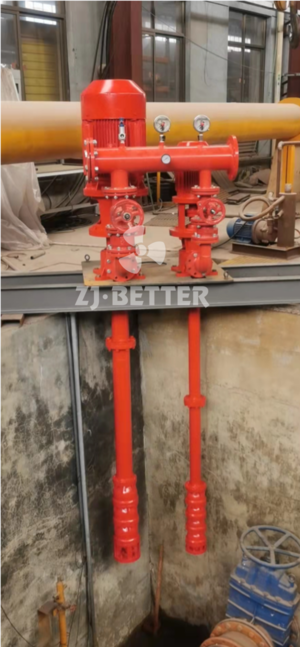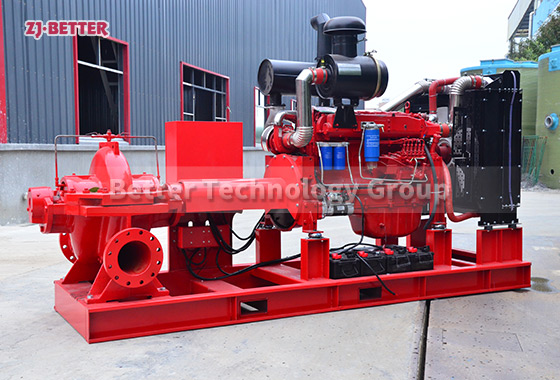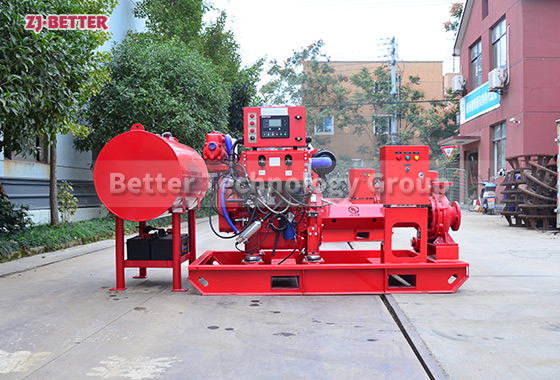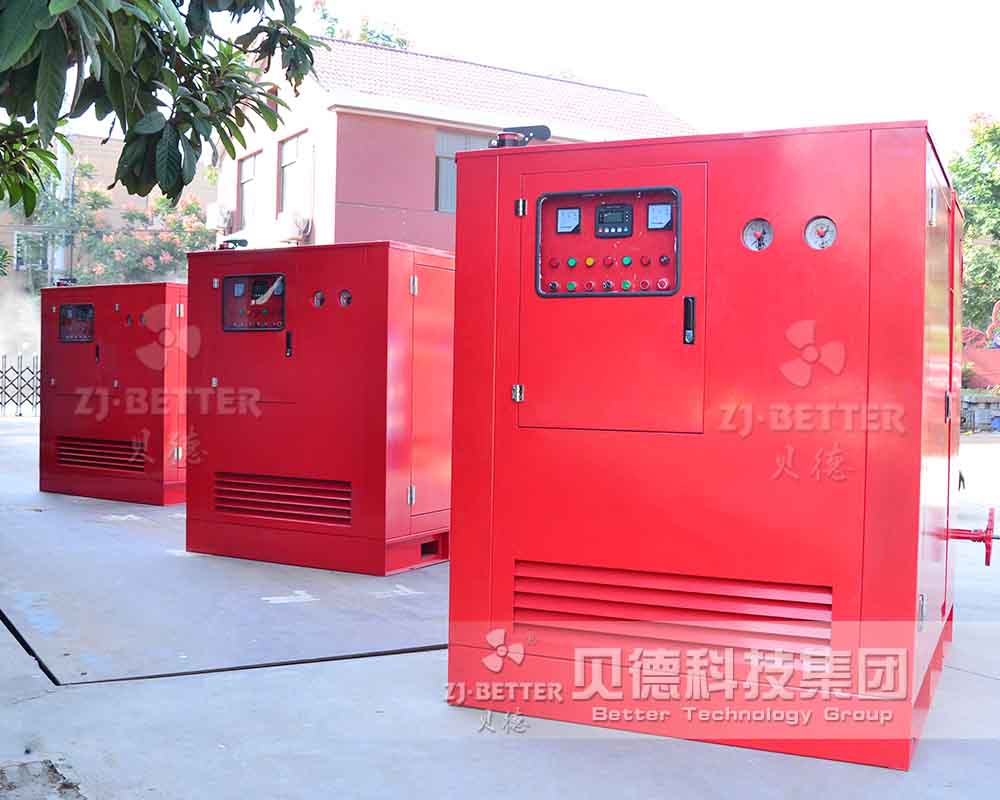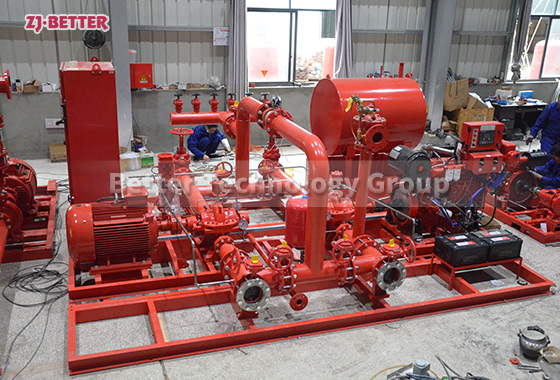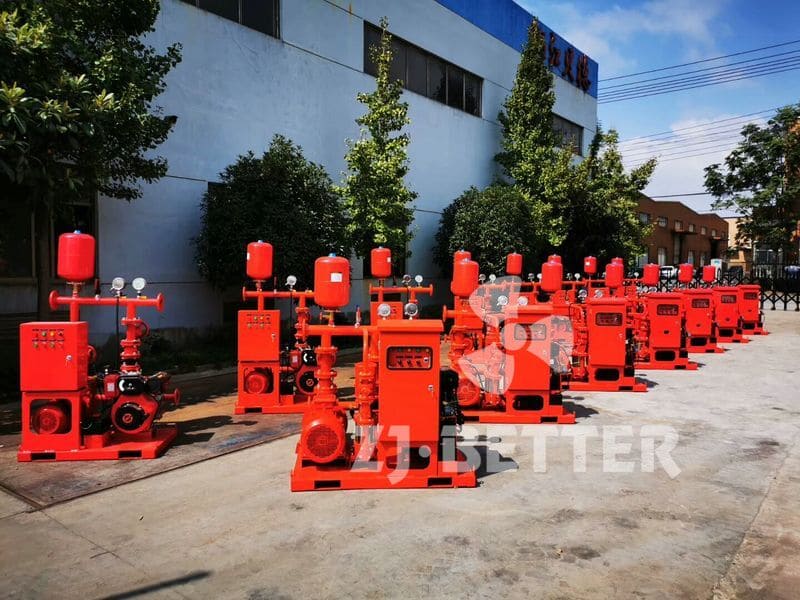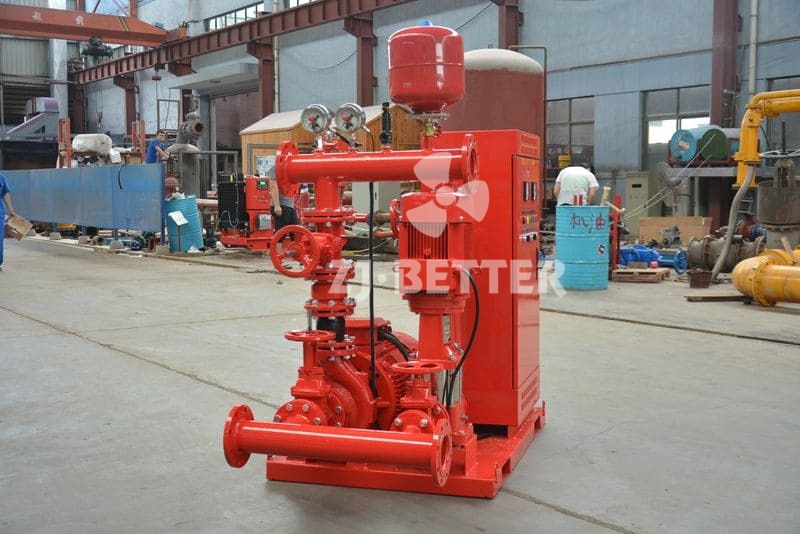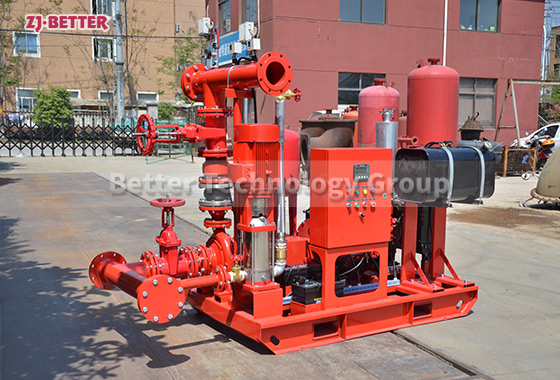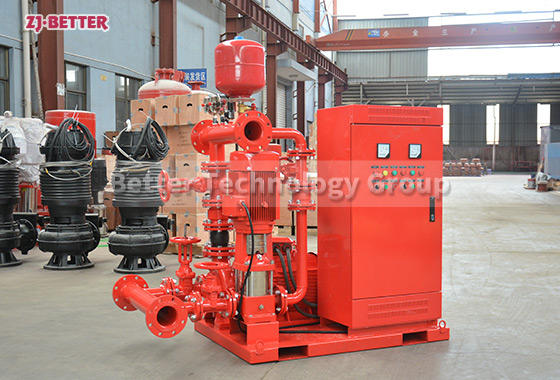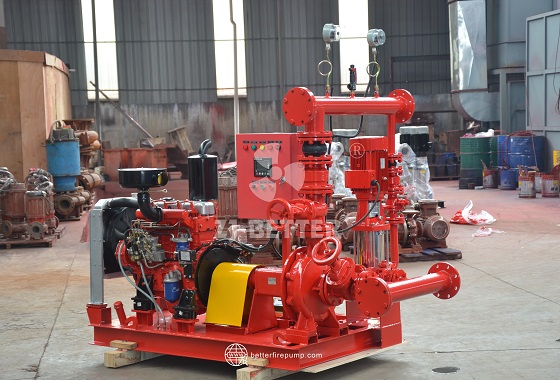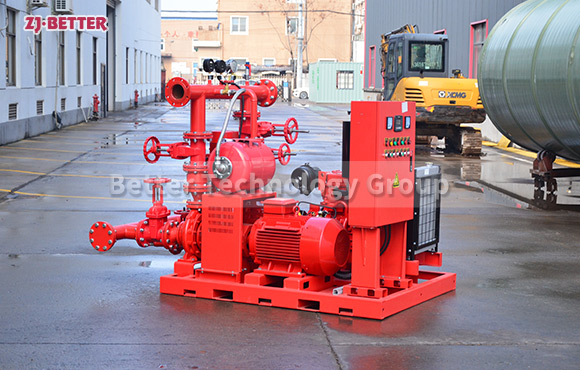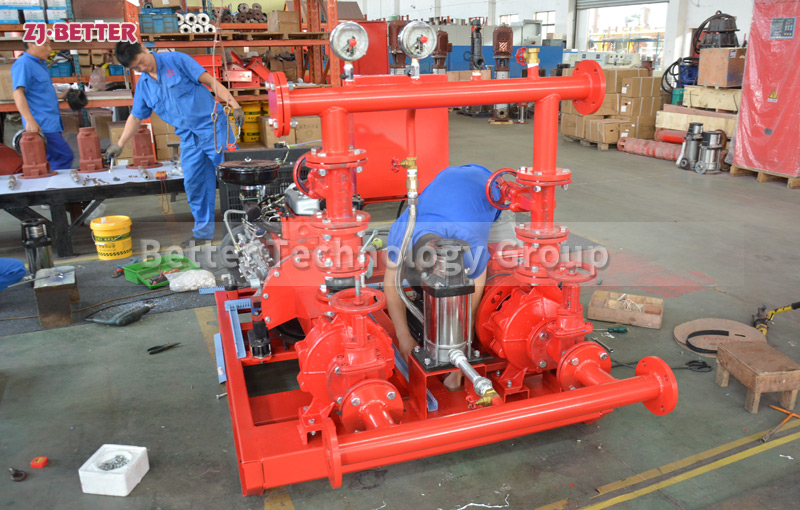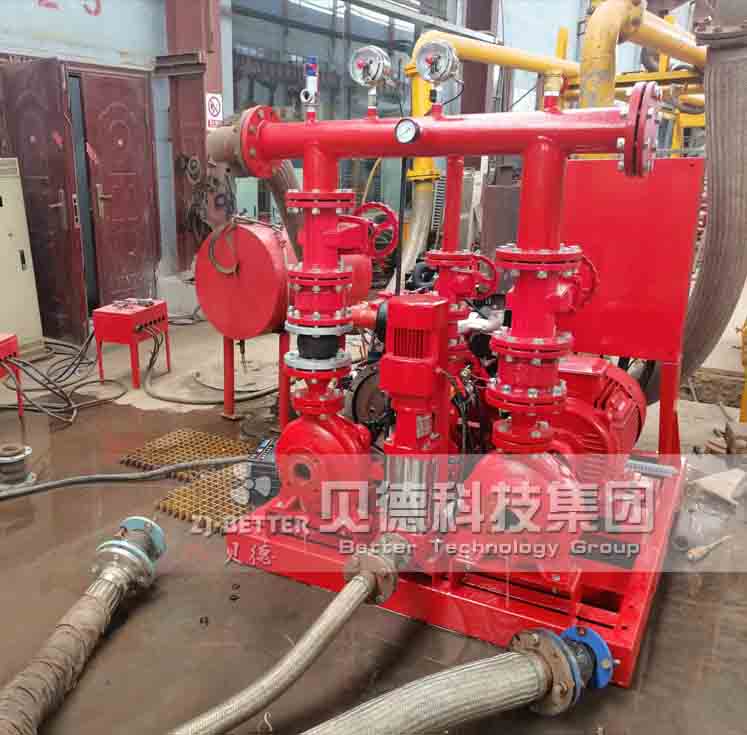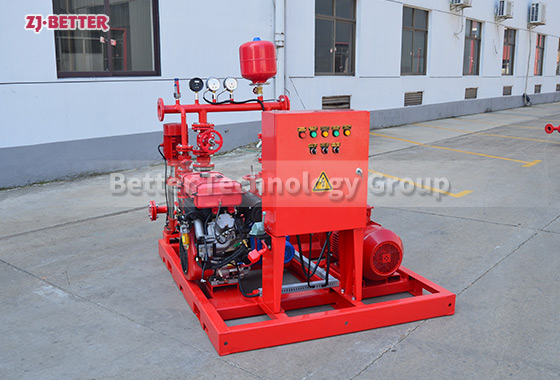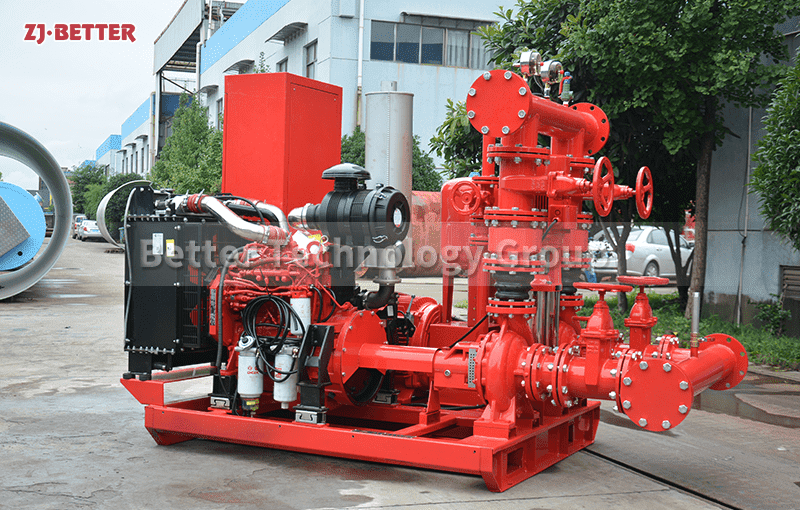As a core water supply device in modern firefighting systems, electric fire pumps are designed and manufactured with a strong emphasis on both energy conservation and high efficiency. They not only provide rapid and sufficient water supply in various emergency situations, but also offer significant energy efficiency advantages, making them irreplaceable in industrial, commercial, and urban firefighting. Firstly, in terms of delivery capacity, electric fire pumps, driven by electric motors, can achieve high head and high flow rates in a short period of time, ensuring stable water pressure and sufficient water volume in the event of a fire. Their design fully considers the operational demands of firefighting systems under high-intensity conditions. Whether in high-rise buildings, large warehouses, or petrochemical plants, they can deliver powerful water flows to the core of a fire immediately, minimizing the spread of the fire. Furthermore, in terms of energy efficiency, electric fire pumps utilize high-efficiency motors and optimized hydraulic models, significantly reducing operating energy consumption by minimizing energy loss and improving hydraulic efficiency. Over time, these energy-saving advantages not only reduce operating costs for users but also meet modern society’s demands for green environmental protection and sustainable energy development. The advantages of electric fire pumps lie not only in their energy efficiency and delivery performance, but also in their highly optimized structure and functionality. Its compact overall structure and small footprint allow for flexible installation in space-constrained machine rooms or equipment rooms, adapting to diverse usage scenarios. Furthermore, the pump body and motor are perfectly matched, resulting in minimal vibration and noise during operation, extending the equipment’s service life while ensuring a safe and comfortable operating environment. Its specially designed sealing system effectively prevents leaks, ensuring stable operation even under high pressure and high flow conditions. This reliability is one of the most crucial foundations of firefighting equipment. The high flow rate of electric fire pumps is particularly well-suited for responding to large-scale fires, ensuring a large volume of water supply in a short period of time and avoiding delays in firefighting due to insufficient water supply. Compared to traditional pumps, they exhibit greater durability and stability during continuous operation, maintaining rated flow output for extended periods without experiencing efficiency degradation over time. Key components such as the impeller and pump casing are constructed of wear-resistant materials, ensuring excellent performance even in demanding operating environments, effectively extending the equipment’s service life. In addition to their performance advantages, electric fire pumps also offer the potential for intelligent and automated control. Modern electric fire pumps can be connected to automatic control systems for remote monitoring and real-time data feedback, allowing operators to monitor operating status at all times, ensuring rapid startup and stable operation of the pump unit in emergency situations. This intelligent, expanded functionality makes the electric fire pump more than just a water supply device; it becomes a crucial component of a smart firefighting system. The energy-saving advantage of electric fire pumps is also reflected in their economical operation. Their high-efficiency motors provide powerful power while consuming significantly less energy than traditional drive systems, significantly reducing energy costs during routine testing and drills. Furthermore, their efficient hydraulic design reduces energy loss due to flow resistance, resulting in higher water-to-energy conversion rates and greater delivery capacity under the same conditions. For users, this combination of energy savings and high flow rates not only improves firefighting system safety but also reduces long-term operational costs. Electric fire pumps offer a wide range of applications, enabling them to operate stably in locations with insufficient municipal water supply network pressure, as well as in high-risk areas such as large industrial parks and petrochemical plants. Their flexible operating modes allow them to be configured for single-pump or multi-pump operation, ensuring optimal water supply solutions for varying fire sizes. In large-scale fires, multiple pumps operating in parallel can quickly deliver massive water flows. For routine inspections or smaller fires, a single pump can meet demand. This flexibility significantly improves equipment efficiency. Electric fire pumps also offer significant advantages in terms of ease of maintenance and ease of use. Their design fully considers ongoing maintenance needs. Common maintenance tasks, such as replacing seals and checking bearing lubrication, can be completed quickly and without disrupting overall equipment operation. Furthermore, their durable components and high-strength materials reduce maintenance frequency and the risk of downtime. For users, this low-maintenance feature not only saves significant manpower and resources but also improves overall system reliability. For modern cities, the safety and efficiency of firefighting systems are crucial for urban operations. Electric fire pumps, with their combination of energy efficiency and high flow rates, perfectly meet this need. Whether in urban cores with dense high-rise buildings or in industrial parks with demanding water supply requirements, electric fire pumps provide stable and reliable support, becoming a vital barrier to protecting life and property. Their superior performance not only reflects the state of the art in modern pump technology but also demonstrates the trend toward efficient, energy-saving, and intelligent firefighting systems in the future. In summary, electric fire pumps, with their energy-saving features and high-flow capacity, have become essential and critical equipment in firefighting systems. Through their efficient motors and optimized hydraulic design, they achieve the dual goals of reducing energy consumption and enhancing water flow. Furthermore, with their reliable structure, durable materials, flexible adaptability, and intelligent control functions, they provide comprehensive support for firefighting needs in various scenarios. This design concept, which balances performance and affordability, not only meets current usage needs but also lays a solid foundation for the future development of firefighting systems.

